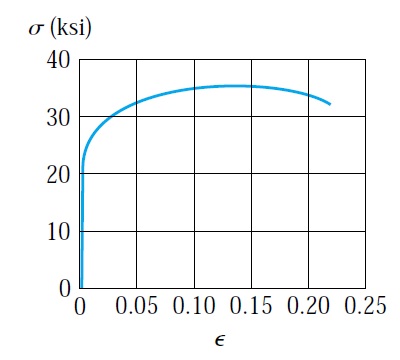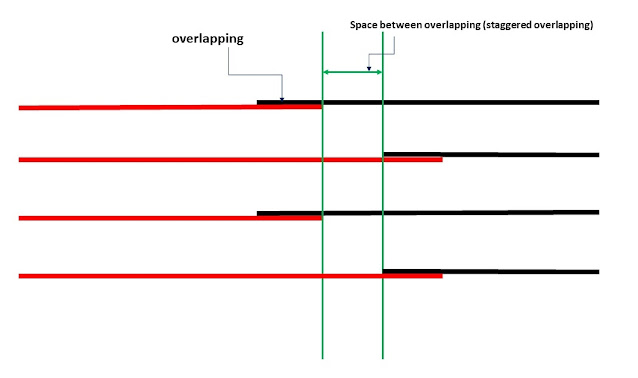Tunnel lining systems-Sprayed concrete (shotcrete)
Sprayed concrete or shotcrete concrete is a concrete that sprayed using a pneumatic hose under high pressure. The hose will be projected and directed to the surface, concrete will be applied at high speed and compacted instantly. Sprayed concrete or shotcrete is effective as a lining for tunnels due to the following reasons:
Waterproofing of shotcrete lining can be a sheet membrane when a full water tightness is required. If the water tightness is less onerous, then spray-on can be used or by reducing the permeability of the shotcrete itself. Shotcrete concrete water tightness is less than normal concrete, and this because the joints between shotcrete concrete are not watertight.
The target strength of shotcrete at the age of 24 hours should always be specified. Shotcrete must gain sufficient strength at an early age to carry the anticipated loads.
Shotcrete concrete can be produced using two methods. Wet mix process and dry mix process. In the dry-mix method, the mixture component such as cement, sand, and aggregate are mixed dry then conveyed to a nozzle where the water and liquid additives are added to the mix. Using of dry mix method has many advantages such as:
This method is suitable for projects that required a small volume to intermediate volumes of shotcrete concrete and for projects where there is space constrains.
In the wet mix method, the mixture of concrete is mixed outside then the wet mix is conveyed to the pneumatic nozzle by either compressed air or pumping. Using of wet mix method has many advantages such as:
The wet mix method will be suitable for a project requiring a large amount of shotcrete concrete. There is no huge difference between these two methods in terms of cost.
Shotcrete concrete can be a single or double shell. The table no:1 shows the advantages and disadvantages of each type. in general, a tunnel lining system constructed by applying shotcrete in two passes. The first pass is a sacrificial primary lining followed by the permanent lining. The primary lining is not supposed to provide a long-term load carrying. However, it can be considered as a long-term load-carrying if the surrounding ground is not aggressive. Double shell lining will be suitable where the surrounding ground is variable and aggressive because the primary lining can be installed quickly to stabilize the ground. The permanent lining is installed properly to provide long term load carrying. The shotcrete concrete for a single-shell should have a higher quality compared to the primary lining in a double shell. A single shell lining system can reduce the time and cost of the project.
- Shotcrete is a structural material, and it can be used as a permanent lining for tunnels.
- Shotcrete concrete can be used to line tunnels with different profiles and different shapes. Shotcrete concrete high flowability allows concrete to form in any shape.
- Shotcrete concrete gains strength rapidly, which provides support of the ground. This will limit the movement of the ground. Also, it will allow a degree of stress re-distribution.
- Shotcrete can be mechanized, which reduces the risk and the potential adverse effects that may arise during the shotcrete process.
Waterproofing of shotcrete lining can be a sheet membrane when a full water tightness is required. If the water tightness is less onerous, then spray-on can be used or by reducing the permeability of the shotcrete itself. Shotcrete concrete water tightness is less than normal concrete, and this because the joints between shotcrete concrete are not watertight.
Figure 1
Shotcrete concrete can be produced using two methods. Wet mix process and dry mix process. In the dry-mix method, the mixture component such as cement, sand, and aggregate are mixed dry then conveyed to a nozzle where the water and liquid additives are added to the mix. Using of dry mix method has many advantages such as:
- higher early-age strength;
- lower plant costs;
- small space requirement on site
- more flexibility during operation, it can be available as required as there is less equipment cleaning needed.
This method is suitable for projects that required a small volume to intermediate volumes of shotcrete concrete and for projects where there is space constrains.
In the wet mix method, the mixture of concrete is mixed outside then the wet mix is conveyed to the pneumatic nozzle by either compressed air or pumping. Using of wet mix method has many advantages such as:
- There is greater quality control due to less human variability.
- Higher outputs can be achieved compared to the dry mix process as in the wet-mix process, robotic spraying techniques are required due to the weight of the nozzle.
- Less rebound of the sprayed concrete off the excavated surface.
- Less dust.
- It is easy to keep records of the exact mix and quantities sprayed due to the use of ready-mix batches and robotic spraying.
The wet mix method will be suitable for a project requiring a large amount of shotcrete concrete. There is no huge difference between these two methods in terms of cost.
Shotcrete concrete can be a single or double shell. The table no:1 shows the advantages and disadvantages of each type. in general, a tunnel lining system constructed by applying shotcrete in two passes. The first pass is a sacrificial primary lining followed by the permanent lining. The primary lining is not supposed to provide a long-term load carrying. However, it can be considered as a long-term load-carrying if the surrounding ground is not aggressive. Double shell lining will be suitable where the surrounding ground is variable and aggressive because the primary lining can be installed quickly to stabilize the ground. The permanent lining is installed properly to provide long term load carrying. The shotcrete concrete for a single-shell should have a higher quality compared to the primary lining in a double shell. A single shell lining system can reduce the time and cost of the project.
Table 1

















Comments
Post a Comment